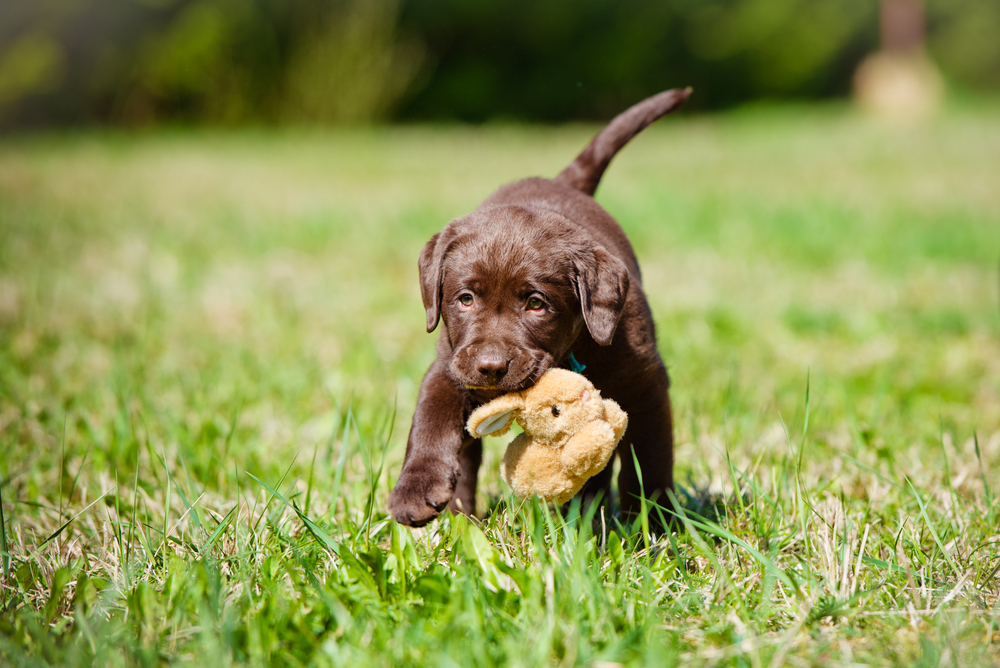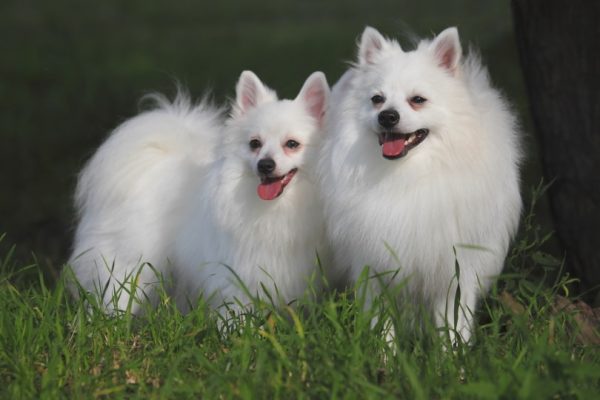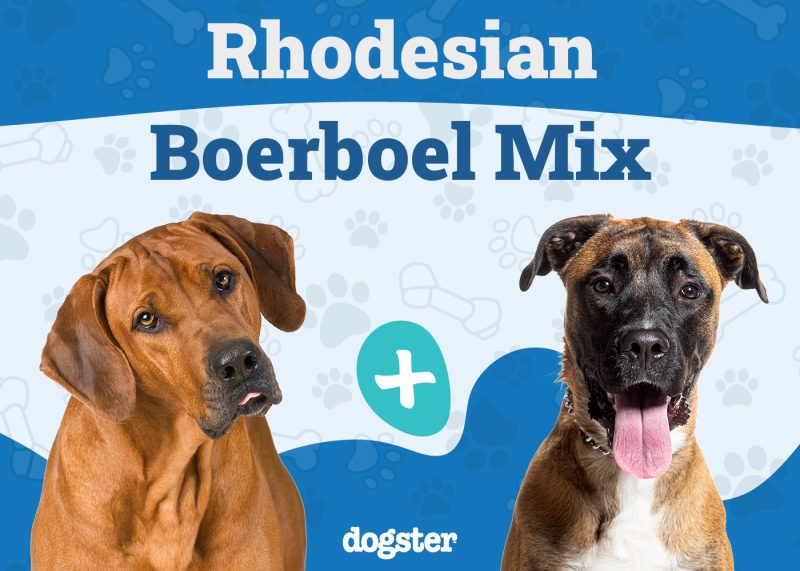A chocolate Labrador is a particular color of the Labrador Retriever. These dogs are known for being very friendly and outgoing. They’re one of the most popular breeds in the United States for this reason, and they’re even utilized as therapy and assistance dogs thanks to their intelligence and friendly nature.
The chocolate Labrador has a rich chocolate coat that can vary a bit in shade.
Breed Overview
Height:
20.5–24.5 inches
Weight:
55–79 pounds
Lifespan:
10–14 years
Colors:
Chocolate brown
Suitable for:
Active families
Temperament:
Friendly, outgoing, intelligent
Chocolate Labs act just like any other Labrador retriever. Their chocolate color does not impact their temperament. Like all other Labs, they shed moderately and are typically considered medium-sized. However, males can weigh up to 80 pounds, which is larger than most people expect!
Chocolate Labs are very easy to train thanks to their intelligence and eagerness to please. They want to make you happy and are intelligent enough to figure out what you want. However, they are exceptionally active, requiring plenty of exercise. Therefore, we recommend them particularly to those who live an active lifestyle themselves.
Chocolate Labrador Characteristics

The Earliest Records of the Chocolate Labrador in History
Labrador Retrievers have a well-documented history. They’re one of the few dog breeds where we know exactly how they came about. However, we don’t exactly know when the chocolate variant originated. Depending on who you ask, the chocolate color seems to have appeared after the black and yellow ones, and its history is much less clear.
We do know that the Labrador Retriever originated in the 1830s, though it can probably be traced back even further. It depends on how much you stretch the definition of a “Labrador.”
The first record of the chocolate Lab was probably in 1892, when a litter of “liver-colored” puppies was born at the Buccleuch kennels. This term was probably used for the chocolate coloration at first until it was changed for some unknown reason.

How Chocolate Labradors Gained Popularity
While the chocolate Lab wasn’t around in the beginning, it grew in popularity pretty quickly. Its rarer nature made it more sought-after by many. It stands out a bit more from the black and yellow versions. Despite having been recognized for almost 100 years, many breeders still market chocolate Labradors as “rare” and may even charge more for them.
The novelty of the color likely played a role in the early days. However, chocolate is seen as a much more “normal” color today.
Furthermore, Labradors have very desirable qualities that have made them extremely popular over the years. They’re incredibly friendly and trainable, making them very popular family dogs. The popularity of the chocolate Lab rests at least somewhat on the popularity of the breed as a whole.

Formal Recognition of the Chocolate Labrador
In 1904, the Kennel Club in England recognized the Labrador Retriever as a unique breed. However, only the black and yellow colors were listed as “proper” colors. While the chocolate coloration had existed before this point, it likely wasn’t popular enough for the kennel club to include it. It’s also possible that it was seen as an undesirable mix-up until it became more widespread.
The chocolate Lab wasn’t formally recognized until 1930 when the breed’s standard was adjusted. There was much discussion about the breed’s color, and eventually, this discussion led to the inclusion of three very different colors.
Before this point, different terminology and breeding practices likely made color classification a bit more complicated. Chocolate Labs may have been categorized as very dark yellow labs. Today, chocolate Labradors are recognized and accepted by all major kennel clubs. They can compete in conformation shows and other official events just like any other coloration.


Top 3 Unique Facts About Chocolate Labradors
1. They’re genetically rare.
The coat of a chocolate Labrador comes from recessive genes, meaning that both parents must carry at least one copy of the gene for a chocolate puppy to be born. The puppy must inherit only chocolate genes from each parent. If any other color gene is inherited, the puppy will be that color instead.
Interestingly, in rare cases, a litter can have Labs of all three colors.
2. Chocolate Labradors may be less healthy.
Chocolate Labs are noted as being less healthy than their yellow or black cousins. This difference is likely because there is more inbreeding in the chocolate line. It is very hard to get a chocolate Labrador puppy because two recessive genes are needed. Therefore, breeders tend to interbreed closely related dogs more often than they do with yellow or black dogs.
Eventually, this leads to the dogs inheriting more than just the chocolate color from their parents.
3. They may not be as trainable as other Labs.
Just like inbreeding affects the chocolate labs’ health, it also affects their temperament. Studies have found that chocolate Labs tend to be less trainable. They’re also more excitable and may get agitated faster. Once again, this is often because the breeders must give something up to produce chocolate Labs, and that “something” is sometimes the dog’s temperament.


Does a Chocolate Labrador Make a Good Pet?
Chocolate Labradors can make great pets for the right family. They’re known for being very friendly and playful, making them great companions for families with children. They also tend to get along well with other pets, even cats, when properly socialized. Their eagerness to please and intelligence make them very easy to train, allowing them to be used as service and therapy dogs.
They’re very energetic, which can be both a good and bad thing. They do best in active families and will happily go on long walks and hikes. However, if you aren’t very active, you may find their energy level hard to keep up with. Without proper exercise, they can become hyperactive and destructive.
While Labradors are friendly with everyone, they are also very affectionate towards their families. It’s important to purchase from a quality breeder, as this breed’s popularity means that many puppy mills and backyard breeders attempt to breed them.
Chocolate Labs also shed a lot. You’ll need to brush them a few times a week to remove the excess fur. Luckily, they don’t require many baths or professional grooming, though.
Labradors are incredibly food-driven. For training purposes, this is great, as they’ll do just about anything for a treat. However, it also means that they’ll eat more than they need to, beg more often, and dig through your trash.
Whether a chocolate Labrador is good for your family depends largely on whether or not you can meet their needs. They’re great family dogs when taken care of, but they can be hard to deal with if they’re mentally unstimulated or not exercised properly.
Featured Image Credit: Victoria Rak, Shutterstock


















